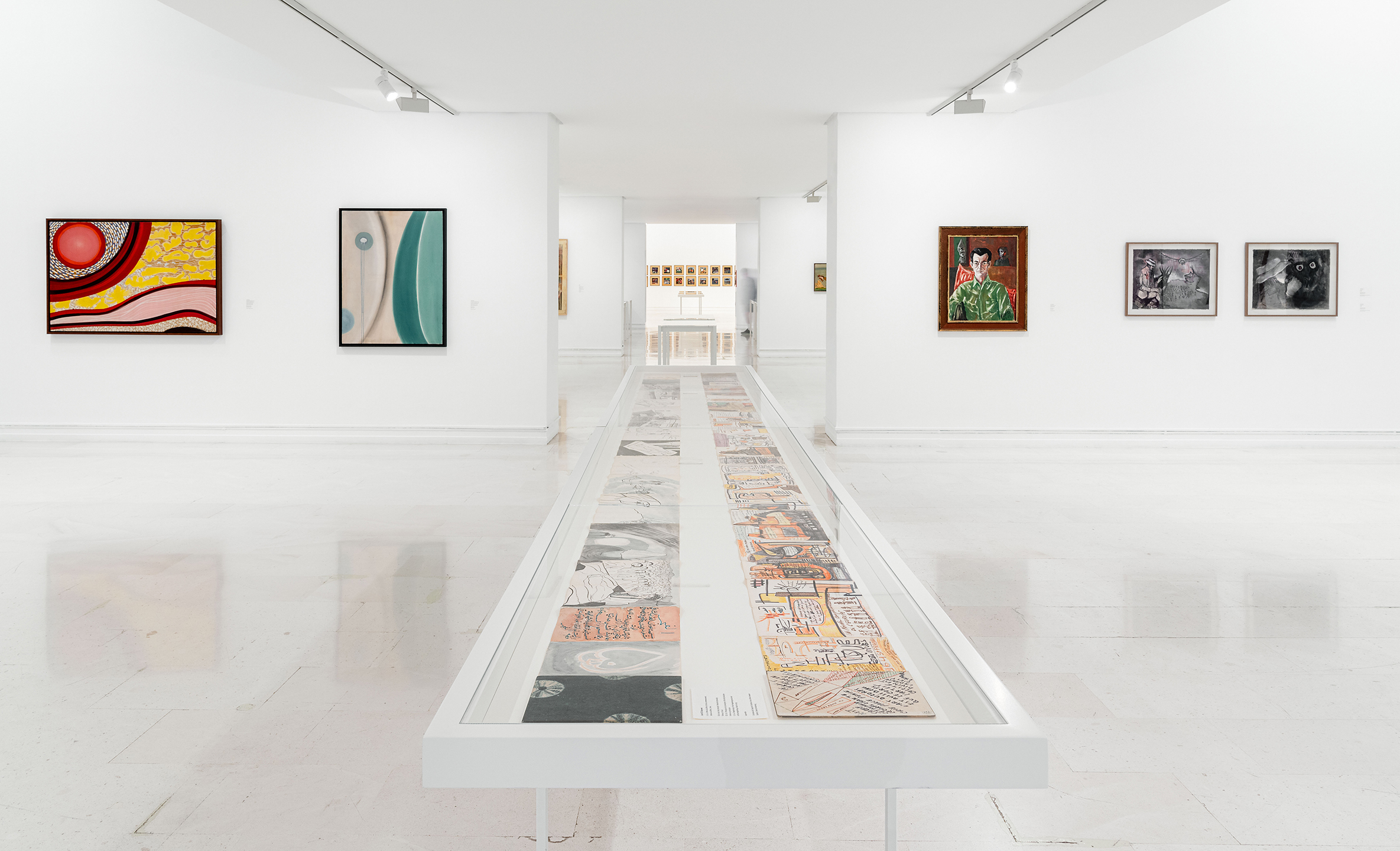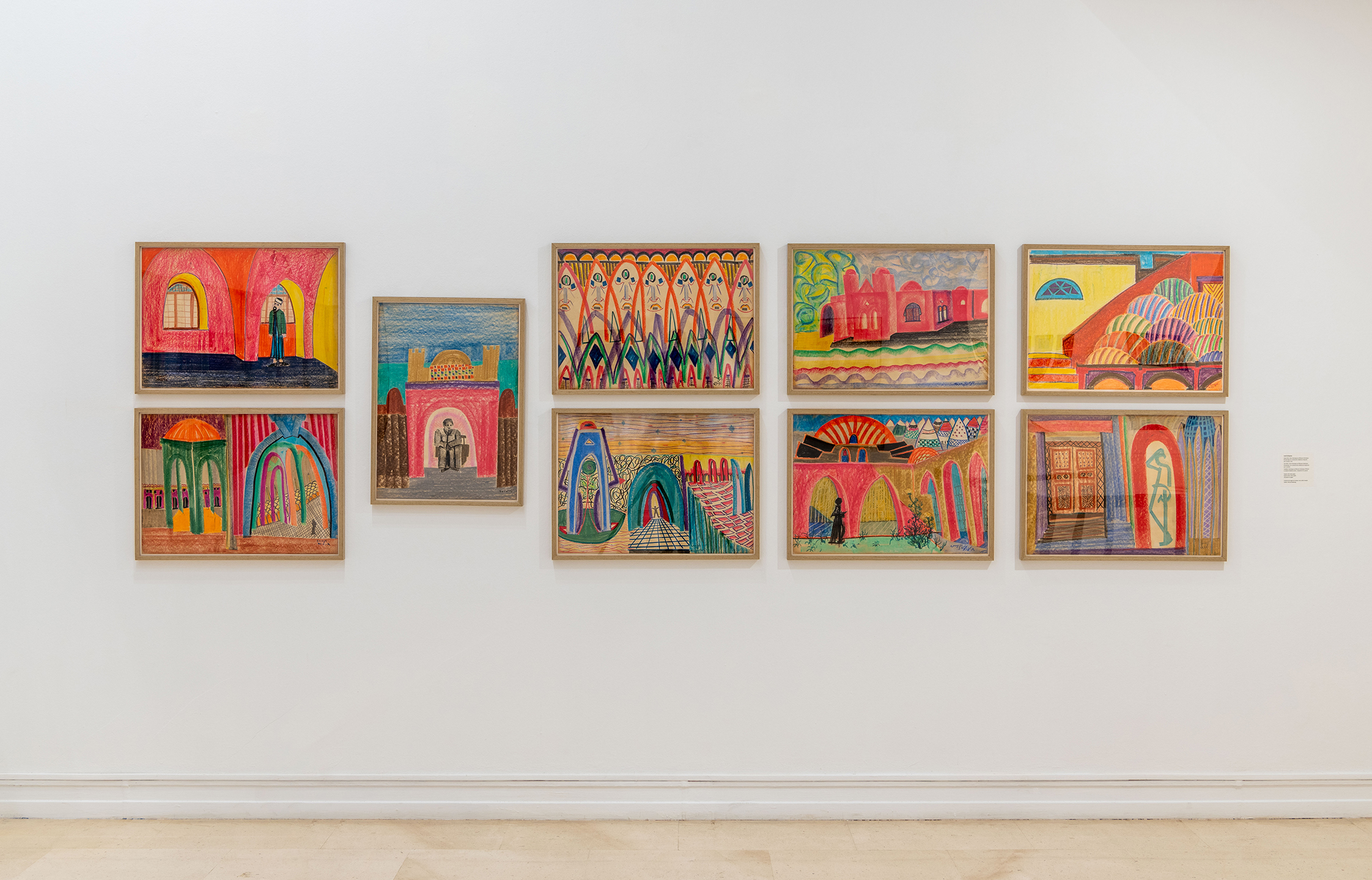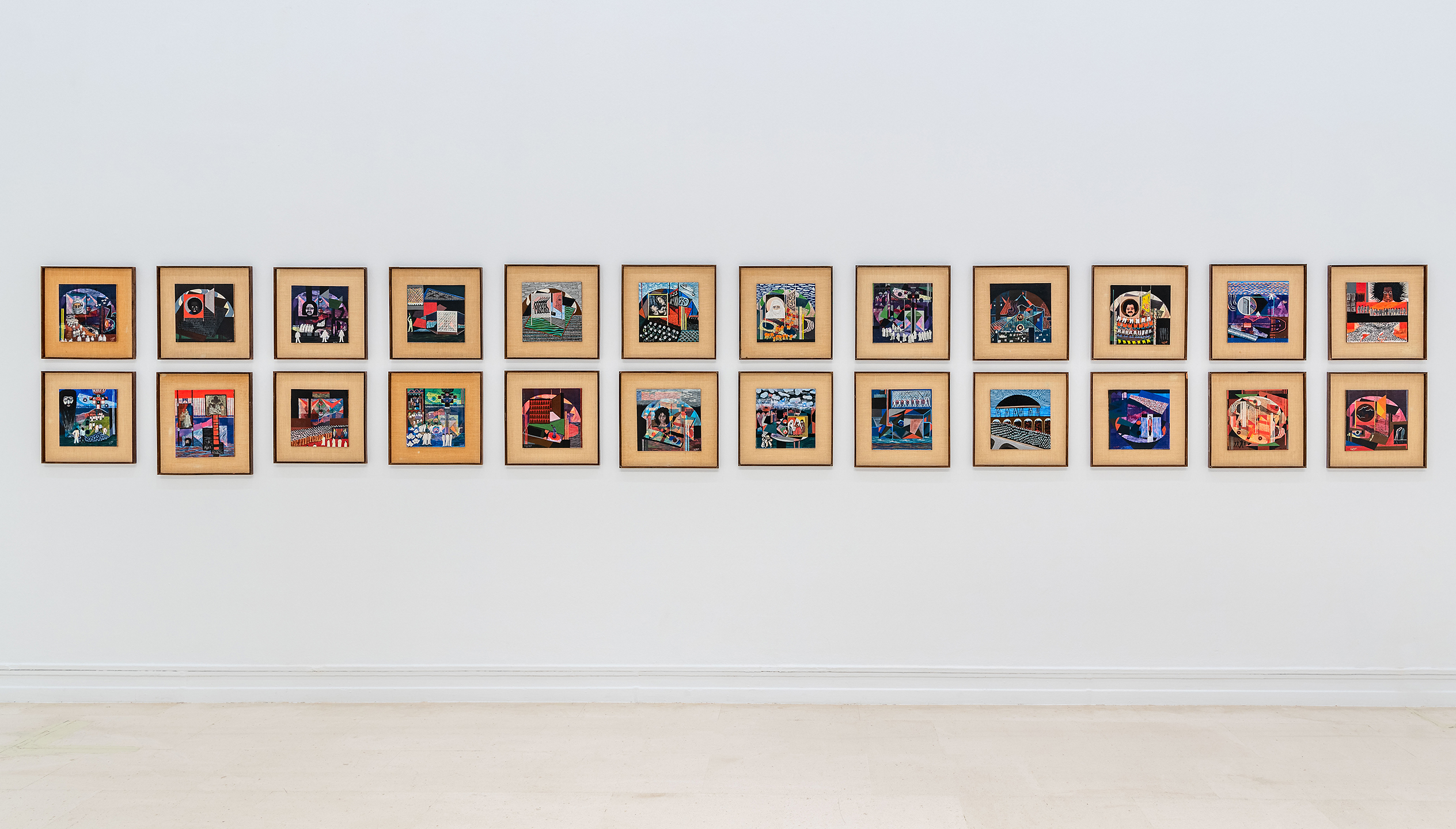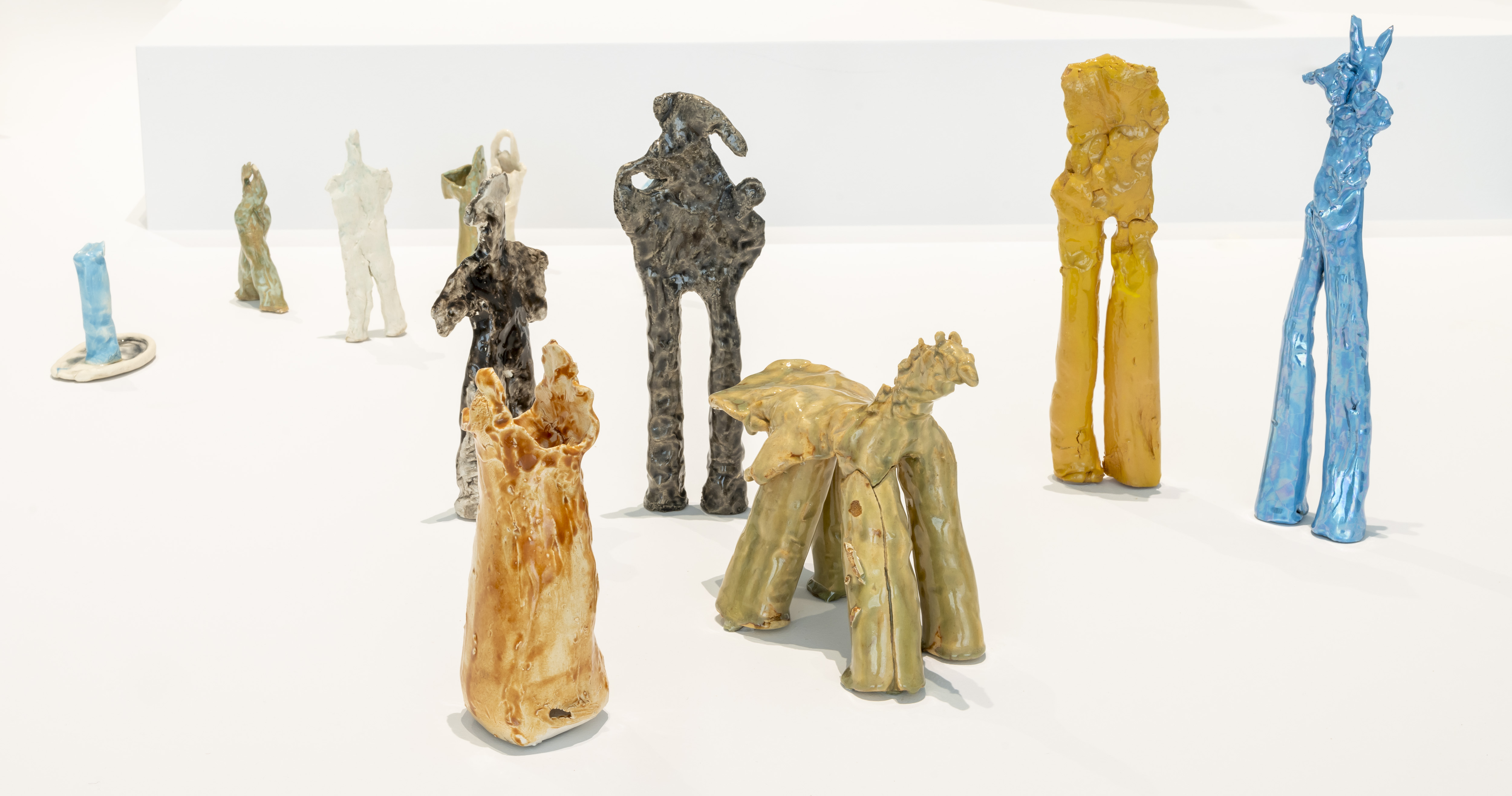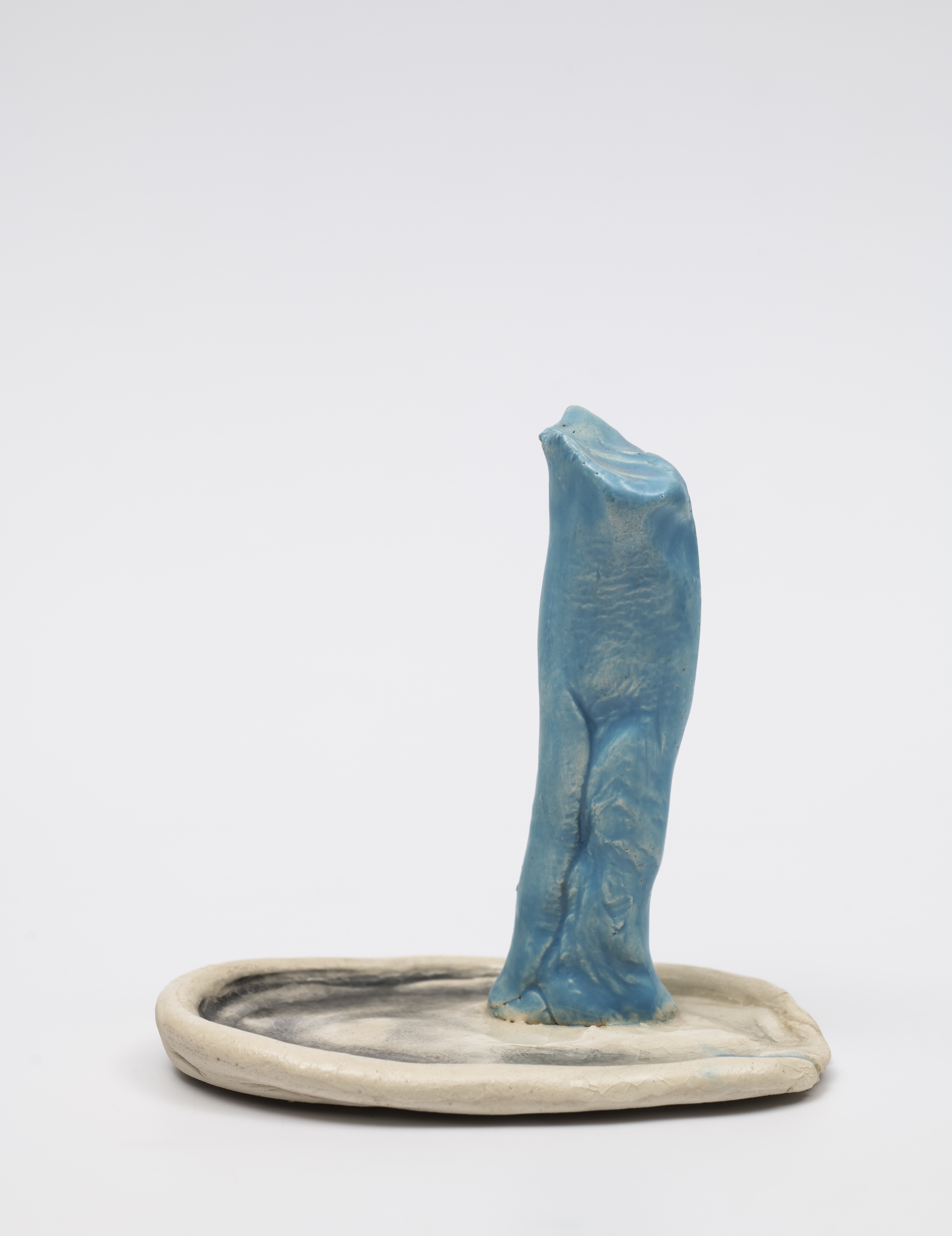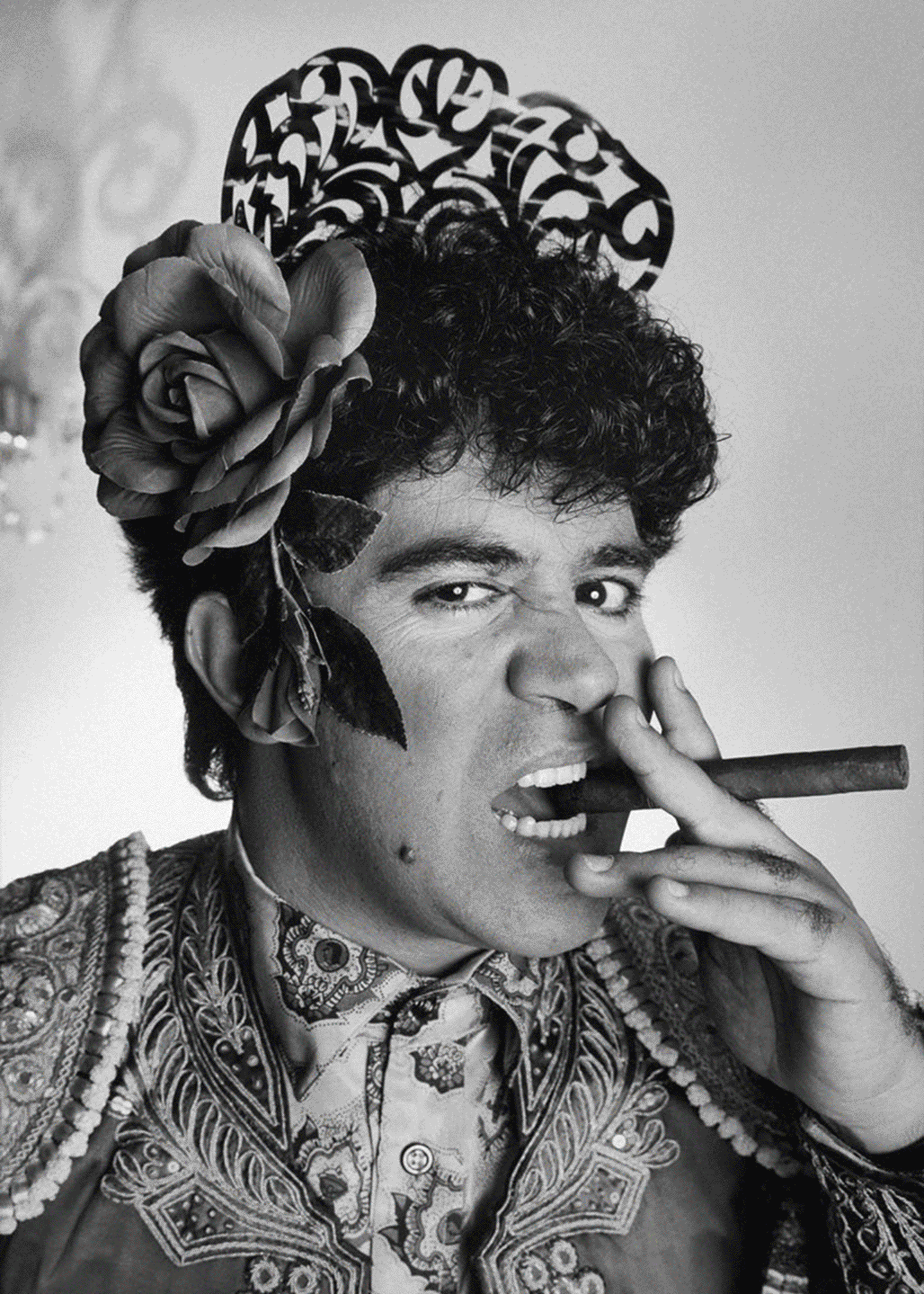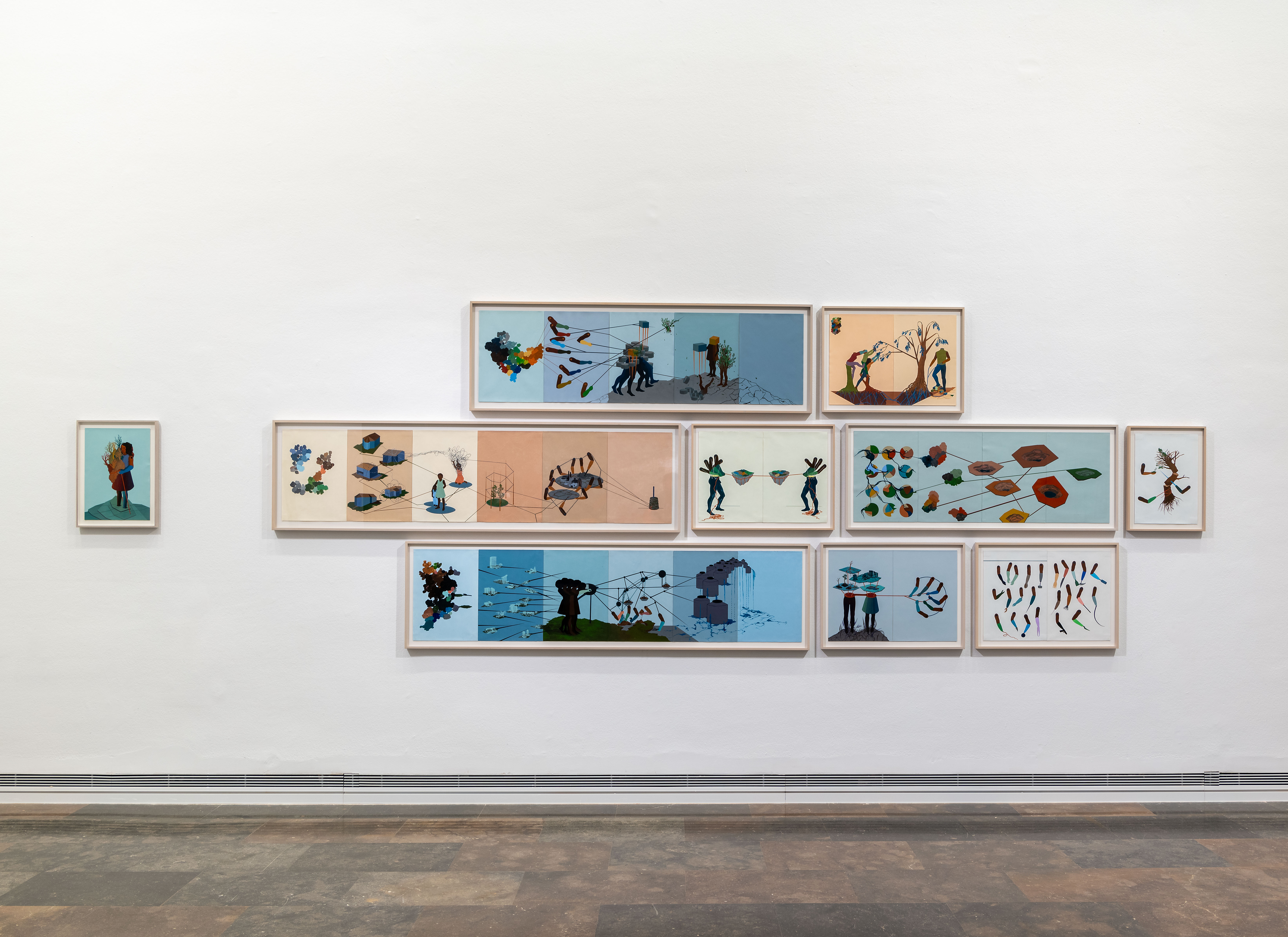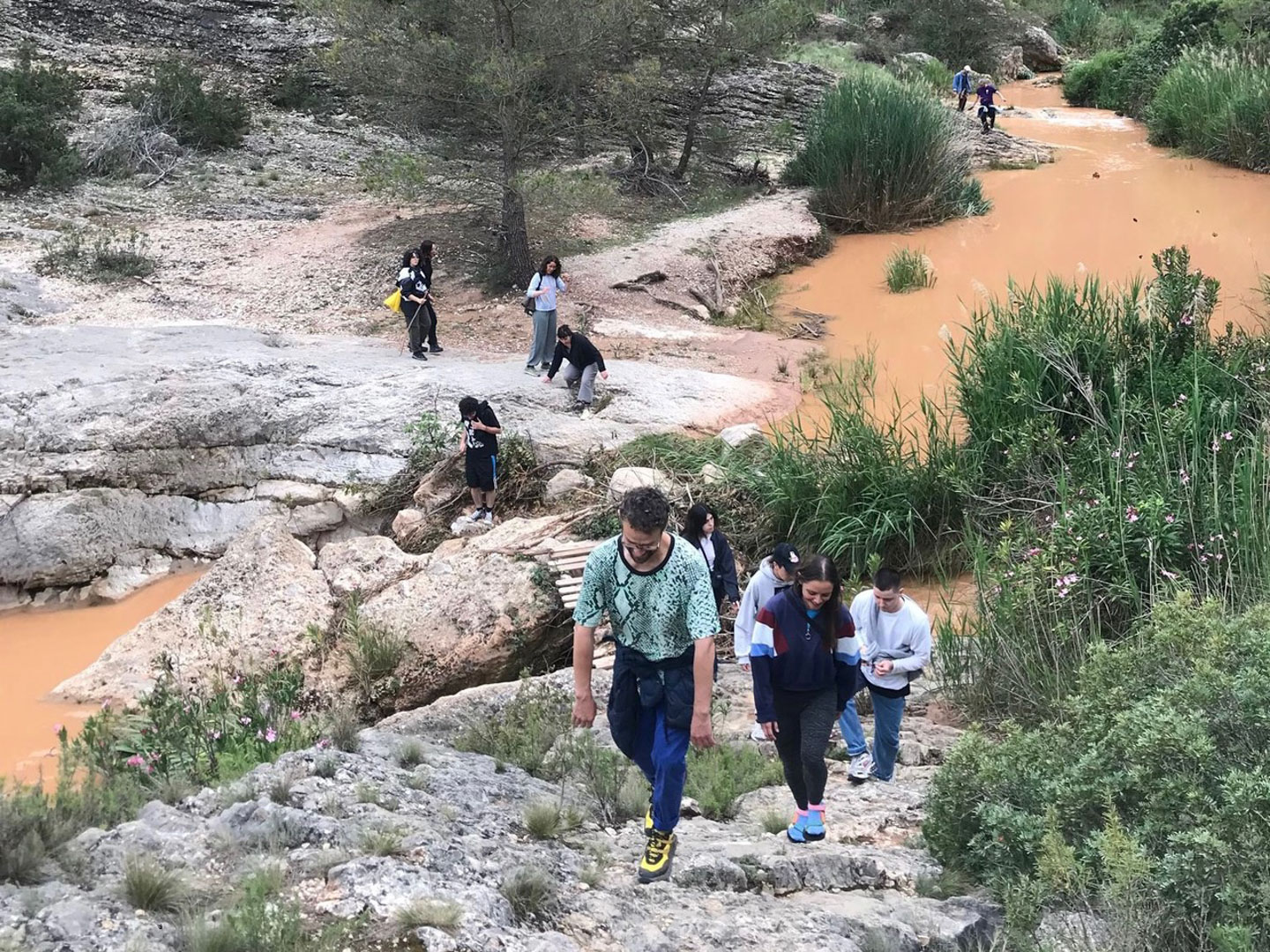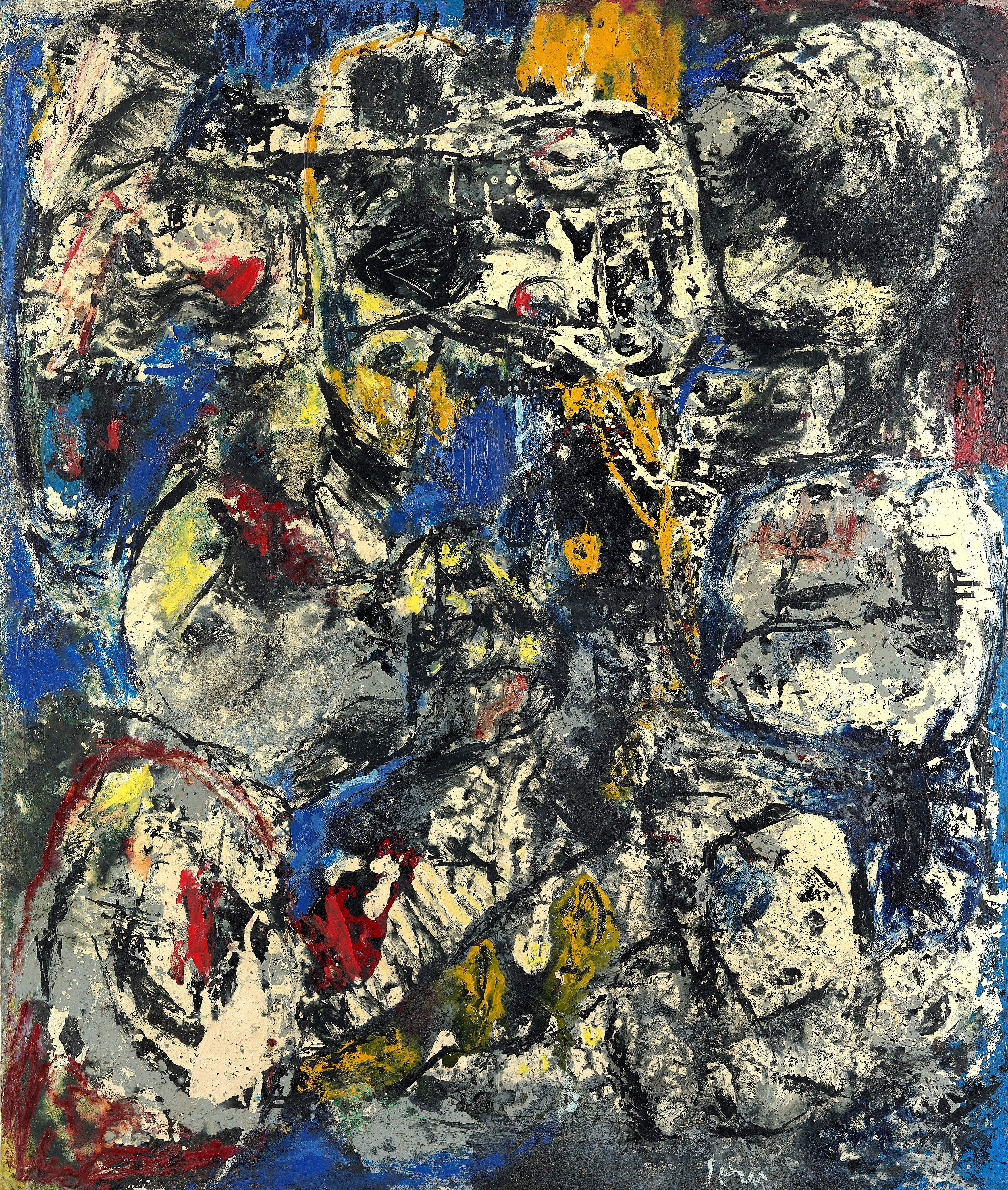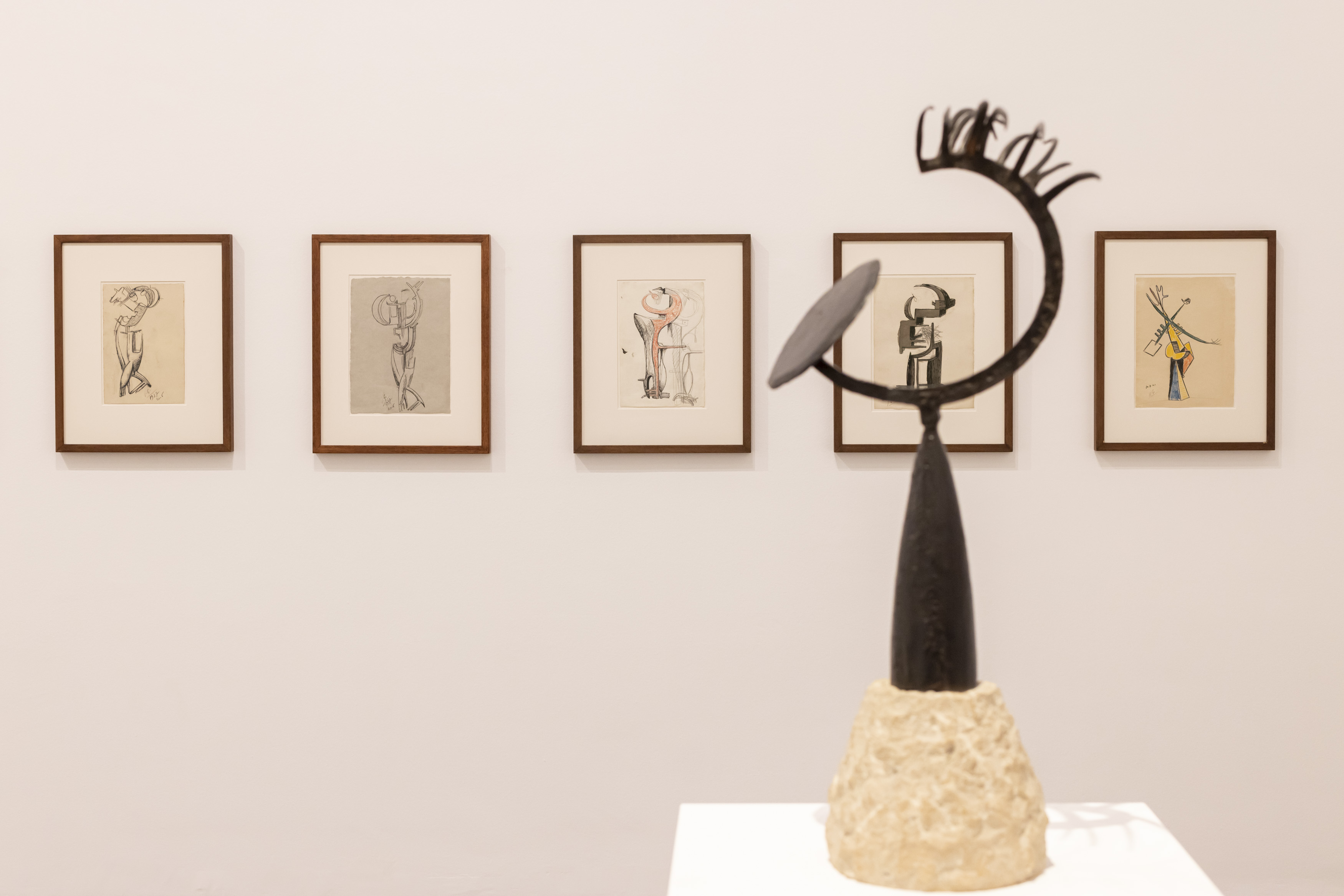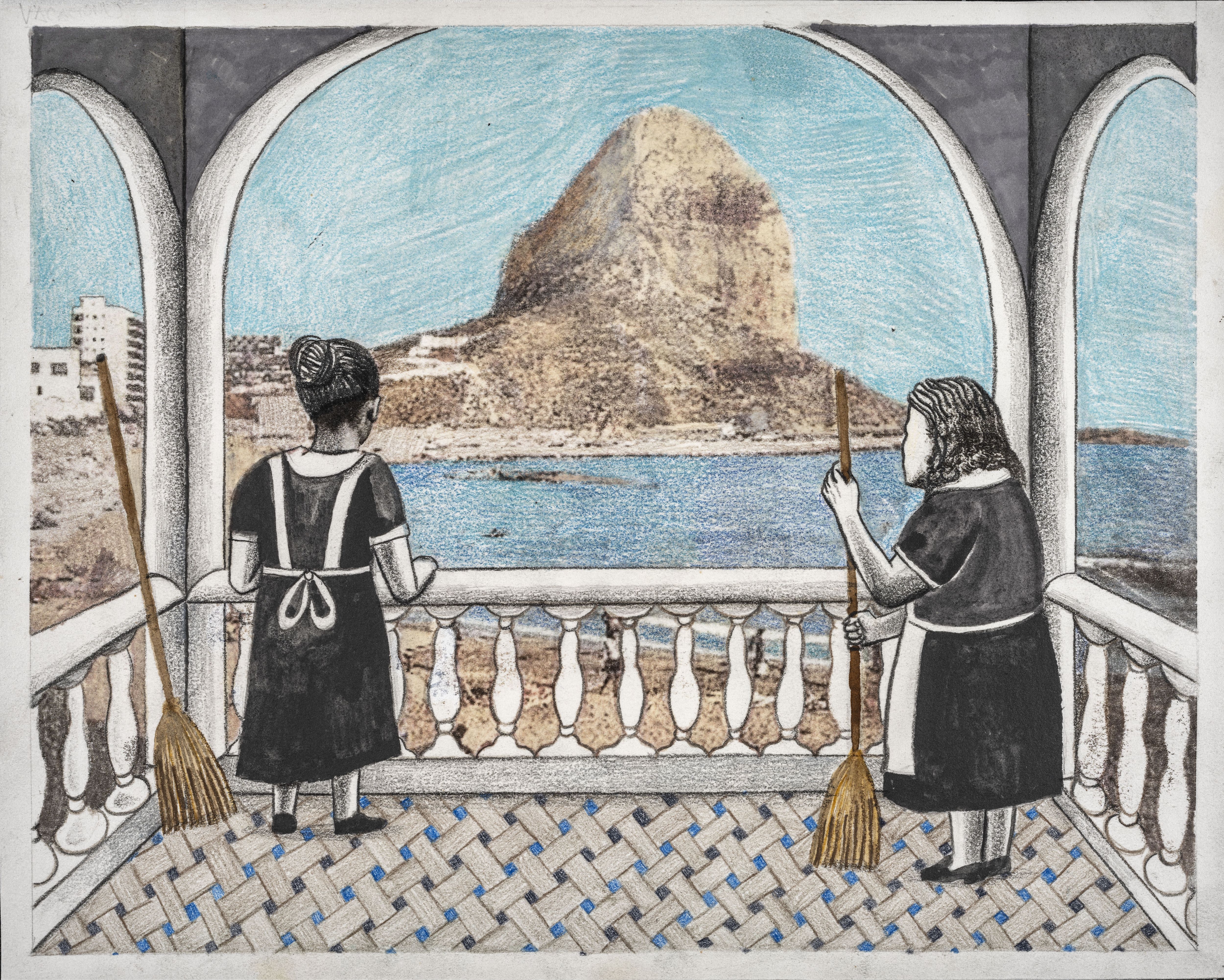Works (1958–1978)
May 11–September 10, 2023
Curator: Catherine David.
The IVAM presents the first exhibition in Europe of the artist Aref El Rayess, a major player on the Lebanese cultural scene between the 1960s and 1980s. The artist remains largely unknown, with a relative eclipse following his death. His absence from the international radars is partially due to the complexity of the man and a multi-rooted work—Lebanon, Senegal, France, Italy, the US, and Saudi Arabia—but is also linked to the very specific conditions of visibility (and invisibility), due to the many events that dramatically affected these years.
In its paradoxes and in its singularity, with flashing breakthroughs and dim impasses, the oeuvre of Aref El Rayess is an exemplary, uncompromising, modern journey. It is the result of the “inner requirement” of a worried and committed subject, observant and mindful of the political, social and cultural crises of his time, rather than the "isms" and sequences expected of the modern canon.
Precocious and largely self-taught, extremely gifted, not very disciplined, amused observer, often caustic, he was fascinated during his adolescence by untimely, yet vital “impressions of Africa” experienced in Senegal, which will follow him his whole life. His formal path, and his oeuvre, are declined in cycles, reiterations, and reminiscences, in different fields (experience of mime and comedy in the 1950s) and varied mediums (drawing, engraving, painting, theatre sets, sculpture, and collage) he is freely experimenting.
In many ways, from the portraits of the Druze fighters from the 1958 uprising, to the brutal allegories of the Third World revolutions and the war in Lebanon (1975–1990); from the Italian matterist abstractions to the Flying Carpets of the 1960s, or the drawings imbued with a “cosmic” spirituality accompanying the poems of his friend Kamal Jumblatt, an exceptional political and spiritual leader assassinated in 1977, Rayess’s work is that of a seismograph recording the thwarted desires and hopes of an era, through clearly heterogeneous formal inventions, testifying to an extremely free thinking and vision.

